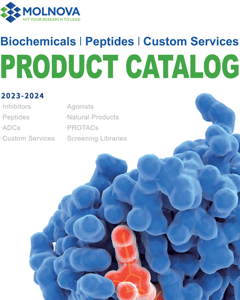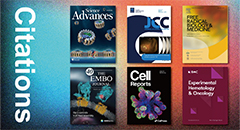
PEG300
CAS No. 25322-68-3
PEG300( Polyethylene glycol 300 )
Catalog No. M22101 CAS No. 25322-68-3
PEG300 is a neutral polymer of molecular weight 300, is a water-soluble, low immunogenic and biocompatible polymer formed by repeating units of ethylene glycol.
Purity : >98% (HPLC)
 COA
COA
 Datasheet
Datasheet
 HNMR
HNMR
 HPLC
HPLC
 MSDS
MSDS
 Handing Instructions
Handing Instructions
| Size | Price / USD | Stock | Quantity |
| 100MG | Get Quote | In Stock |


|
| 200MG | Get Quote | In Stock |


|
| 500MG | Get Quote | In Stock |


|
| 1G | Get Quote | In Stock |


|
Biological Information
-
Product NamePEG300
-
NoteResearch use only, not for human use.
-
Brief DescriptionPEG300 is a neutral polymer of molecular weight 300, is a water-soluble, low immunogenic and biocompatible polymer formed by repeating units of ethylene glycol.
-
DescriptionPEG300 is a neutral polymer of molecular weight 300, is a water-soluble, low immunogenic and biocompatible polymer formed by repeating units of ethylene glycol.
-
In Vitro——
-
In Vivo——
-
SynonymsPolyethylene glycol 300
-
PathwayOthers
-
TargetOther Targets
-
RecptorOthers
-
Research Area——
-
Indication——
Chemical Information
-
CAS Number25322-68-3
-
Formula Weight300
-
Molecular Formula——
-
Purity>98% (HPLC)
-
SolubilityDMSO:100 mg/mL (333.33 mM; Need ultrasonic);H2O:50 mg/mL (166.67 mM)
-
SMILESOCCCCOC[H].[n]
-
Chemical Name——
Shipping & Storage Information
-
Storage(-20℃)
-
ShippingWith Ice Pack
-
Stability≥ 2 years
Reference
molnova catalog



related products
-
Hexyl dodecanoate
Hexyl dodecanoate is a surfactant and a common plasticizer.
-
PKA Regulatory Subun...
PKA Regulatory Subunit II Substrate
-
Guaiacin
(+)-Guaiacin has significant neuroprotective, and anti-inflammatory activities, it can inhibit cyclooxygenase (COX)-1 and COX-2.



 Cart
Cart
 sales@molnova.com
sales@molnova.com


